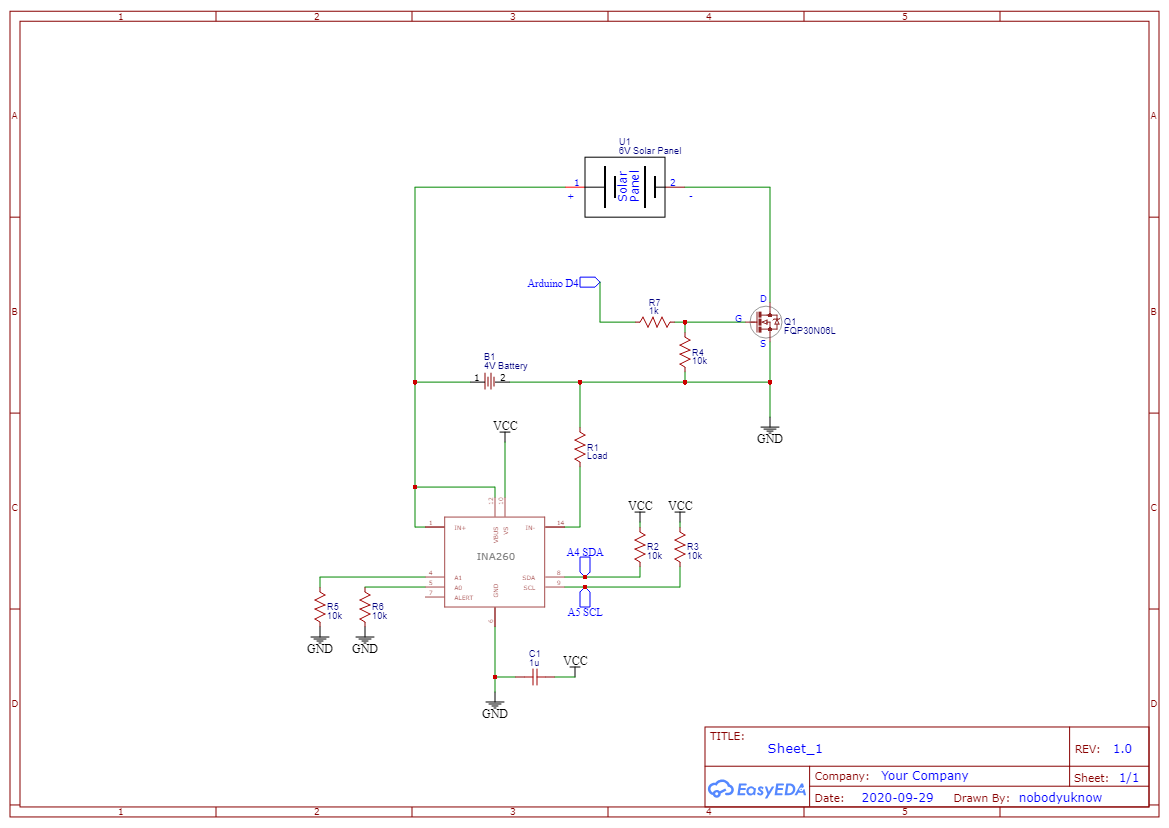Hello,
I hand soldered an INA260 to a DIP breakout board and I am a little concerned about my job of doing so. Also, I don't really know what I'm doing.
I have the INA260 attached to an Arduino Mini and am trying to use it to measure a solar panel. I got "sensible" readings until I tried to attach a mosfet to connect and disconnect the panel ( I just used a 4V battery for this testing). Then I noticed that the battery was never completely disconnecting. The gate is getting a back fed voltage of about 2V from somewhere and I worry that it may be from my soldering of the INA260 --- too much heat or maybe a solder short beneath the chip.
I'm trying to find the source of this back fed voltage.
With the INA260 completely disconnected from everything but the positive terminal of the 4V battery to the three + inputs, I read about 4.3V between pins 1-3 (+) and pins 14-16 (-) and the battery negative terminal.
Pin 13(NC) is 0V.
All of the other pins read about 2.6V-2.8V.
My question :
Is this to be expected/normal or is there a short somewhere? Perhaps in my soldering?
I don't know enough not to ignore my gut feeling that pins 4-12 should somehow be isolated from pins 1-3 and 14-16 and have no voltage on them.
Thank you for any insight, Robby R


